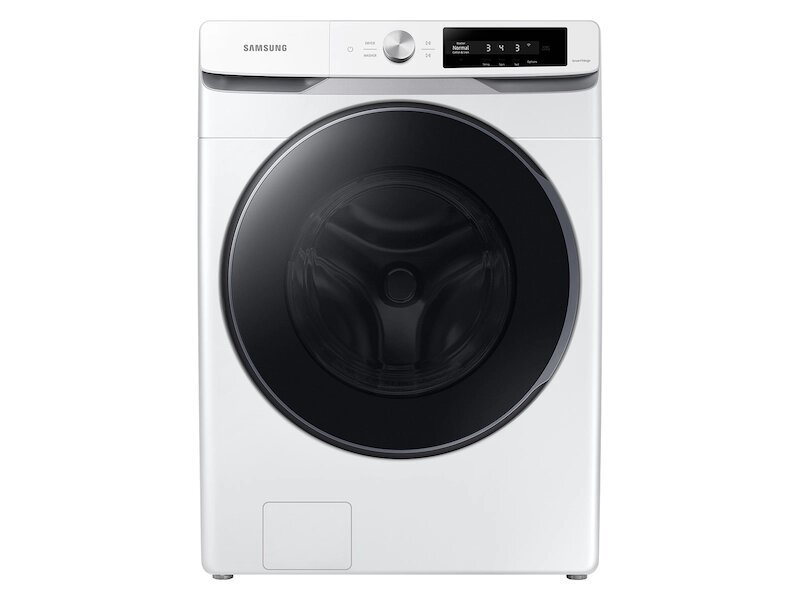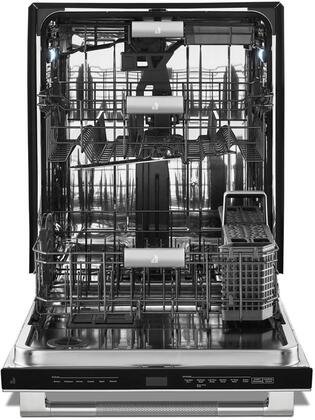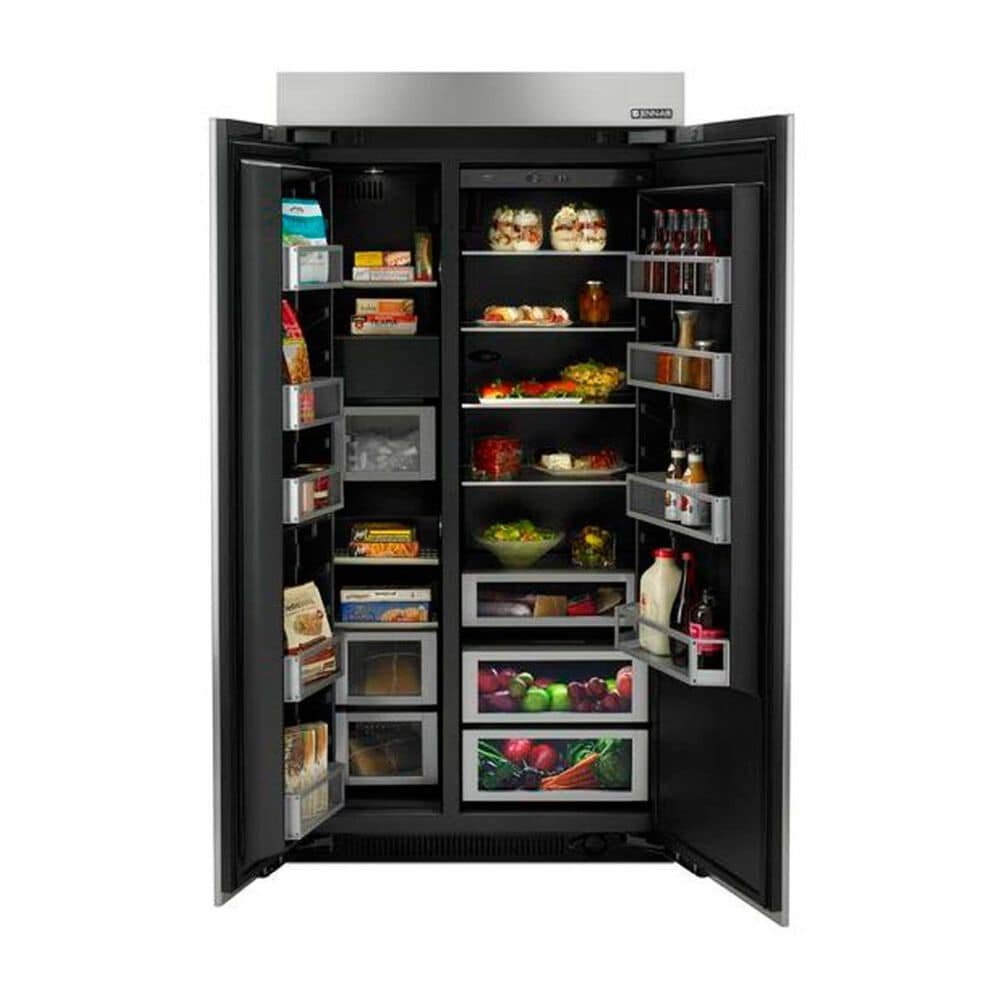Why It Matters To You And The Planet
Imagine a world where every home, every neighborhood, and every city makes a conscious choice towards a greener, more sustainable future. A world where your old appliances, once destined for the scrapyard, find new life and purpose, reducing your energy bills, lessening the load on our aging power grids, and shielding our fragile environment from harm. This world isn't a distant dream; it's within reach, and the key to unlocking this greener reality lies in something you might have never considered - appliance recycling. In the pages ahead, we'll unravel the complexities of this vital practice and show you how, by recycling your appliances, you can become an eco-warrior, an economic champion, and a guardian of the planet. Welcome to the beginning of a journey towards a brighter, more sustainable tomorrow.
Unveiling Appliance Recycling: A Green Solution
Let's start by clarifying something: recycling, surprisingly, can mean a couple of different things when it comes to appliances. It might mean the resale or reusing of a unit, or it might mean the breaking down of the unit as far as possible and reselling the valuable scraps while everything else is sent on to a landfill. This second option is especially problematic, as it does not contain or safely dispose of the hazardous chemicals contained within the refrigerator. Our point here is that "recycling" can be a vague term that does not always line up with best environmental practices.
It is important to figure out how to recycle your appliances and how to do it safely, as the outcome is directly tied to your future health and that of everyone else. We all know that at this point.
The concept of reduce, reuse and recycle has probably been drilled into our collective consciousness for 30 plus years at this point - at least in the United States.
What most people don't know, though, is that recycling doesn't have to just be paying somebody else to take the appliance off your hands. In fact, there are several ways that recycling appliances can actually benefit you. By working with us through this four post series, we'll show you how you can benefit from recycling appliances, how the environment benefits, your partners you can look to in the process, and how to go about it.
Eco-Warriors Wanted: The Environmental Impact of Appliance Recycling
Now that we've told you why you want to be involved with recycling, let's take a look at the environmental impact of it.
The most obvious benefit of recycling household appliances is personal energy savings. The lower bill is nice, but especially nice is the knowledge that you're helping reduce overall usage in your area.
Think of how often during the summer Texas has rolling brownouts because of the age of our electric grid. How often do you have to prioritize utilizing your washer versus running your air conditioner? Now think about if every household was able to switch over to modern, efficient, energy-saving appliances. Given that household appliances are among the biggest draws on the electric grid, you can see how beneficial this could be to Texas as a whole.
Now we won't say that industry, agriculture, entertainment venues or schools don't have their own impact on the grid. However, those things are much larger than our purview here at Appliance Rescue.
Recycling your major appliances allows for the recovery and reuse of materials. For every appliance that gets recycled and broken down, that's one less that has to be created from scratch. The energy isn't put into mining new materials from the Earth; the fuel isn't used for processing those materials. Instead, what has already been used can be reused, and the hard workers in our factories and appliance sections are still able to be paid.
Another benefit is that the recycling of these parts reduces the emission of harmful substances that negatively impact our ozone layer.
In Texas, we are acutely aware of the heat every summer. You have days at a time where you're told "don't go outside if you can avoid it," because it is just that hot. We are more acutely aware of this than people in some of the farther north areas of the country. Part of the reason for the growing heat year-over-year is the impact we've already made on our ozone layer.
While we cannot go in-depth into all of the myriad things (both caused by humans and caused naturally by cycles within the Earth) that are affecting the ozone layer, we can say that the materials used within major appliances do affect it if allowed to just release into a landfill. If we could stop adding to that, we won't say that it's a miraculous cure for the heat - but it is one less step toward making it any hotter.
Another topic to consider is E-Waste. For the last decade or two, the concept of e-waste has started to filter into our understanding of recycling and issues with the environment.
Many of us wouldn't look at our appliances and think that they would be contributing to this problem. After all, e-waste is from things like cell phones, computers, tablets and gaming consoles - not your refrigerator or your oven, right?
Nope! As we shift towards smarter appliances, this means that your e-waste also includes your appliances. There are circuit boards within your stove. There are tablets built into your refrigerator. If you've got Wi-Fi connectivity, that requires its own set of bits and bobs built in, which means another layer to be conscious of when disposing of your appliances.
However, all of this e-waste contains valuable resources that can be reprocessed and reused. Metals, glass, plastics: all of these can be returned to a purified state and reused for making other materials, either for new appliances or for something else entirely.
Think back to science class as a kid. One day, if you were lucky, your teacher pulled out this beautiful silvery liquid to show the way that it could collect on surfaces, be manipulated, and then group back together easily at room temperature. And then, at the end of the display, you were told that although it looked like fun, it wasn't. It was definitely not something you could play with bare-handed because it would get into your skin, then into your bloodstream and from there into your brain.
Or maybe you remember learning about the story of Alice in Wonderland and the dark reasons why the Mad Hatter is mad in the first place.
Yes, we're talking about mercury. Mercury is in many older models of refrigerators; more of them than you might think. Unfortunately, when old refrigerators aren't recycled properly, that mercury does leech out of them and into the ground below. Then it works its way into the water, which then goes into the plants, on into animals... And while it does take time, just like microplastics, it eventually ends up in what you're eating. Even for all of our best attempts at eating organic, or fair trade, or vegan - without taking care of where materials are disposed of, it still circles back around. Everyone - elders from even the most isolated tribes all the way to scientists studying in their labs - will tell you on every level, everything is connected. Unfortunately, that means that if you feed the water table mercury, you will eventually be feeding it to yourself.
A final point to consider is that recycling major appliances or even minor ones as we'll cover in a later post, does not simply benefit you. It doesn't just benefit the planet. It also greatly impacts our economy in a positive way.
With the amount of trash that gets collected just in a single year, there is an amazing amount of job security. You need people to sort everything. You need people to handle the processing. You need people to handle extraction. All of these (and so many more) are necessary jobs that would not exist if not for recycling. More importantly, the industry can stand to grow further, given how little is actually being recycled as of right now.
By recycling your major appliances as a consumer, you are telling the industry as a whole that this is something that matters. You are saying that you want to ensure it continues, and that it is worth their time and resources to see it done more often or more thoroughly.
Not only do you support jobs when you recycle, you also support the creation of a circular economy. When things are broken, they have multiple options. Right now, you might look at it and see there are only two choices: take it to a landfill (and probably pay a fee), or call somebody like us and have it repaired.
But what about when it gets to the point that even our best technicians can't keep your appliances running any longer? It might not be that we don't know how to fix something, but instead that we don't have the materials or tools, or that the parts simply are not being made for this model any longer. At that point, a circular economy says, instead of sending this off to a landfill to become just another piece of garbage (taking up space and not having any use), the next step is to break it down. Take every single piece and material that we can out of this. Instead of having to purchase new, raw materials from a company that's going to rip them out of the Earth, we can reuse what we've already harvested. The circular economy is good for you the consumer, it's good for the economy of the United States, and it's good for the planet! Three wins in one.
Leading the Way: The Responsible Appliance Disposal (RAD) Program
If you've been paying attention, you might have noticed that at several points we touched on how few people or industries or companies recycle right now. We've also mentioned that recycling does not always mean the best environmental practices.That is where the Responsible Appliance Disposal, or RAD, program comes in.
They are a leader in responsible recycling practices. The RAD program was developed by the US environmental protection agencies partnership, launched in 2006 to protect our ozone, cut greenhouse gases and benefit communities like ours.
The RAD program recognizes partners all over the country who are committed to collecting and disposing of old appliances using the best practices. These partners are going well beyond what is currently required by federal law.
They take on the responsibility to recover things like insolation foam out of end-of-life appliances. They also collect the less efficient models of appliances from the secondary market. From here they work with recyclers to ensure that the materials are handled properly and broken down safely to comply with federal law.
Together, we've uncovered the immense potential of appliance recycling and its profound impact on our world. As you embark on your journey towards a more sustainable lifestyle, remember that Appliance Rescue is here to support you every step of the way. When your faithful appliances are in need of care, trust our expert technicians to breathe new life into them, ensuring they serve you for years to come. Let's make recycling a part of our daily lives and embrace a future where both our planet and your appliances thrive. Join us in this eco-conscious mission, one repair at a time.
You can reach out to us via our contact page or by giving us a call ((214) 599-0055). You can also connect with us on Facebook.
Additional Resources For Things We’ve Mentioned Throughout :
https://www.epa.gov/rad/responsible-appliance-disposal-rad-partners-affiliates-recyclers
Additional Reading:
https://appliance-rescue-service.com/blog/appliance-disposal2023

















